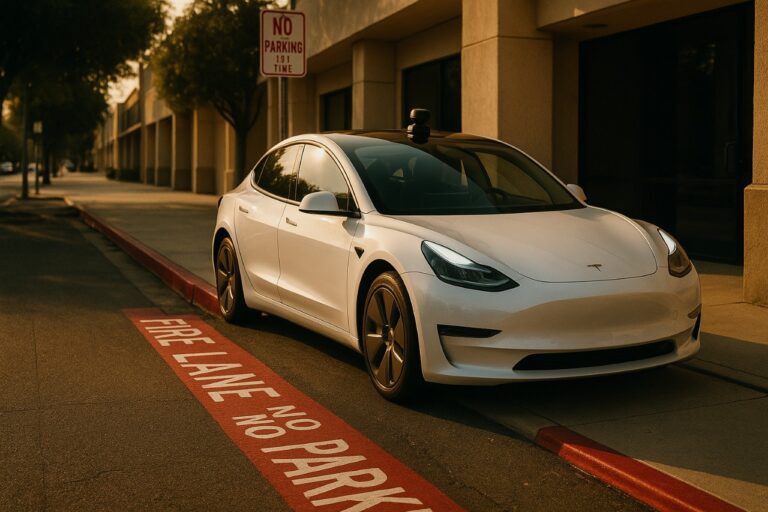Nvidia Drops China from Forecasts Amid US Chip Ban
Nvidia to Stop Including China in Forecasts Amid US Export Controls – Big Shift in Global AI Chip Strategy
In a major strategic move, Nvidia has decided to remove China from its financial forecasts, as per a CNN report, due to continued pressure from U.S. government chip export restrictions. This marks a turning point in the AI and semiconductor world, especially as China was one of the largest markets for Nvidia’s advanced GPUs and AI accelerators.
The decision comes after months of geopolitical tension between the U.S. and China over AI chip technology, national security concerns, and tech dominance. Nvidia, a leader in AI computing and GPU-based processors, had been heavily relying on China for a substantial portion of its revenue. However, the tightening of U.S. chip export policies — especially surrounding advanced processors like the H100 and A100 — has now made it nearly impossible for Nvidia to do business freely in China.
Let’s break down what this means for Nvidia, China, and the rest of the world.
Why is Nvidia Excluding China from Future Forecasts?
The move is not just symbolic — it’s financial and operational. Nvidia has traditionally included projected sales and revenues from China in its global forecasts. But after the U.S. imposed strict export rules barring the sale of advanced semiconductors to China, those numbers became uncertain.
Now, Nvidia is playing safe by cutting China out from forward-looking estimates. According to CNN, this is Nvidia’s way of avoiding forecasting errors in an environment where diplomatic decisions can change business outcomes overnight.
This strategy signals that Nvidia is realigning its priorities, possibly focusing more on North America, Europe, and non-restricted parts of Asia for future growth in AI hardware.
How Will This Impact the Global AI Chip Market?
Removing China from Nvidia’s forecast has ripple effects across the global AI chip supply chain. Let’s understand how:
- China accounts for an estimated 20-25% of Nvidia’s data center revenue, especially due to AI research, cloud services, and autonomous driving sectors.
- With China out of the picture, Nvidia may lose billions in potential revenue, forcing it to expand more aggressively in alternative markets.
- Chinese tech firms, including Alibaba, Baidu, and Tencent, may now turn to domestic AI chip manufacturers like Huawei’s Ascend or even explore partnerships with startups.
This shift may also accelerate China’s move toward self-sufficiency in semiconductors, a goal they’ve been chasing ever since the U.S. began tightening tech exports.
What Are the U.S. Export Restrictions on Nvidia Chips?
To understand Nvidia’s decision better, let’s revisit the key U.S. export controls:
- In 2022 and 2023, the U.S. banned exports of high-performance chips like the A100, H100, and later, even the customized H800 chips to Chinese companies.
- These chips are essential for training large AI models, including generative AI tools like ChatGPT and image generation models.
- The goal: Prevent China from gaining a technological edge in military and surveillance AI systems.
Despite Nvidia creating custom chips like the A800 and H800 that were designed to comply with U.S. rules, even those were blocked by the government in late 2023.
Nvidia’s New Focus: India, UAE, and Beyond?
With China no longer a viable market for advanced chips, Nvidia is shifting focus to other high-growth regions:
- India: With its large developer base and rising demand for AI computing, Nvidia recently announced collaborations with Indian conglomerates and cloud providers.
- Middle East (UAE, Saudi Arabia): These regions are investing heavily in AI infrastructure and could become Nvidia’s new growth hotspots.
- Southeast Asia & Europe: New investments in AI data centers and green tech are aligning with Nvidia’s global expansion.
Analyst Opinions: Is This a Smart Move?
Market experts are divided. Some believe Nvidia is playing smart and staying compliant, protecting its long-term reputation with the U.S. government. Others argue that excluding China may hurt Nvidia’s top line in the near term, especially as Chinese demand for AI chips is booming.
However, most agree on one point — this move reflects a broader trend of technological decoupling between the U.S. and China, especially in sensitive fields like AI and semiconductors.
Also read:- Google Cloud Down: Gmail, YouTube, Snapchat Hit by Major Outage
Conclusion: A New Chapter in the AI Chip War
Nvidia dropping China from its forecasts is more than just a financial decision — it’s a reflection of shifting global power dynamics in the AI space. As the U.S. continues to tighten its grip on semiconductor exports, and China pushes harder for self-reliance, companies like Nvidia are forced to adapt.
In the coming quarters, the battle for AI supremacy will depend not just on innovation, but also on how well companies navigate the geopolitics of chips. For Nvidia, the road ahead may be uncertain — but one thing is clear: the AI race is no longer just about speed, it’s about strategy.







